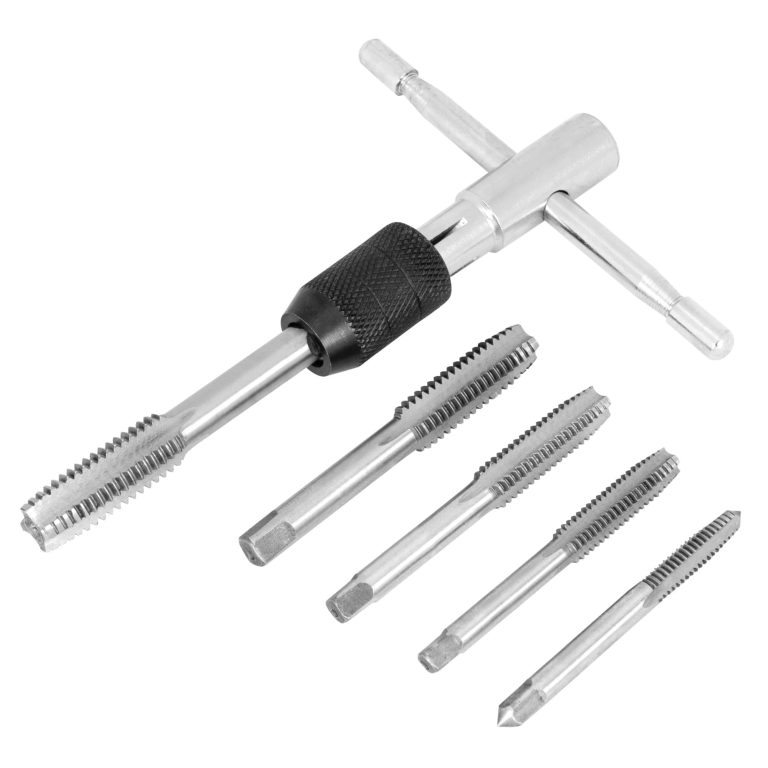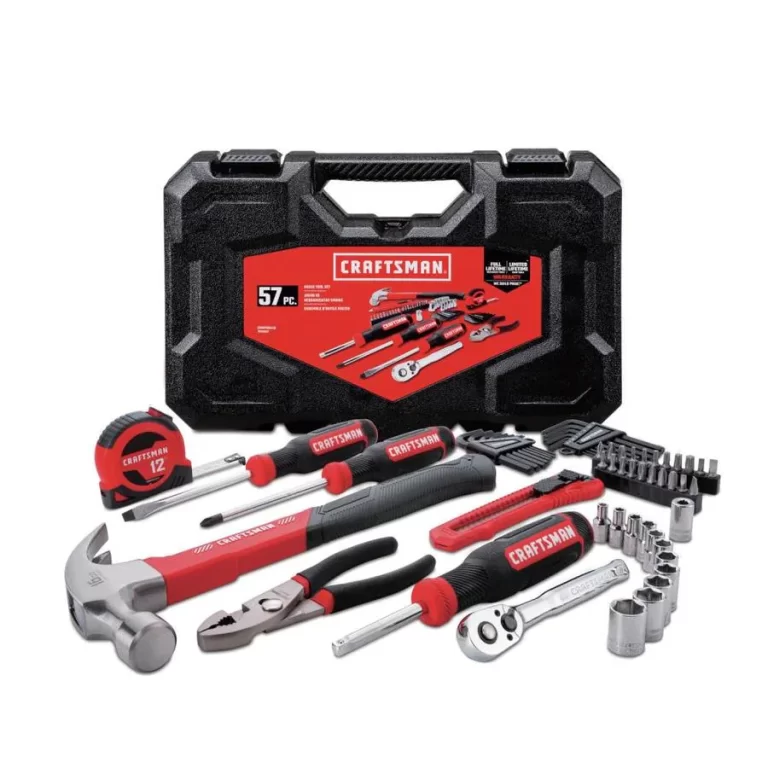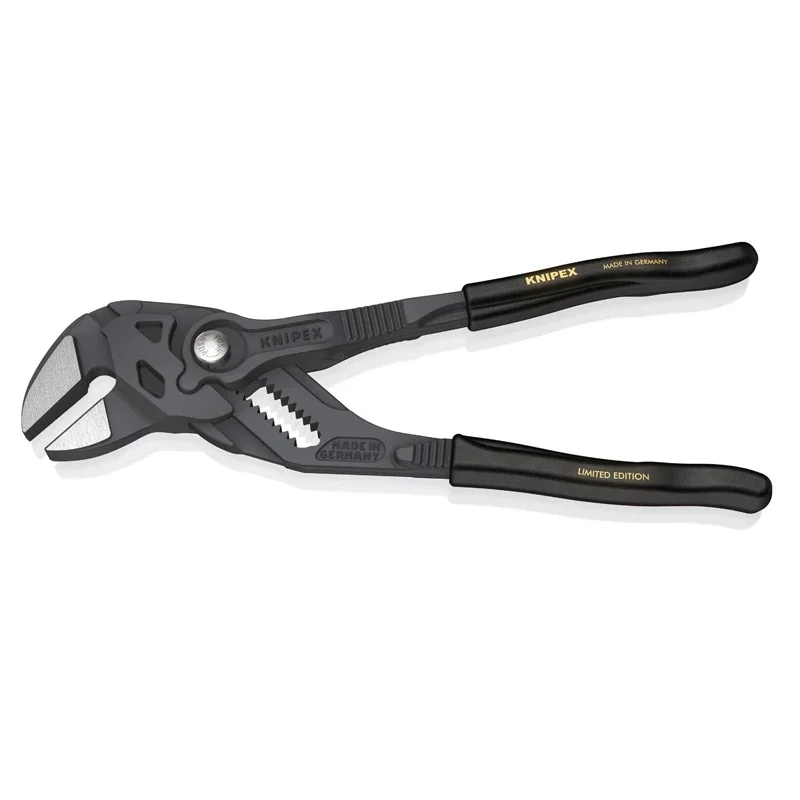
Unlock Versatility: A Guide to Pliers Wrench and Its Uses
What Is a Pliers Wrench?
A pliers wrench is a versatile hand tool. It combines the functions of pliers and a wrench. Known for its unique jaw design, it provides excellent grip and force. This tool is widely used in various industries, as well as for household tasks. Its adaptability makes it ideal for gripping, holding, and turning objects.
Key Features and Design
The pliers wrench has a distinctive parallel-moving jaw system. This feature ensures firm contact with surfaces, reducing damage. The adjustable jaw width accommodates different sizes of nuts, bolts, and pipes. Its ergonomic handles provide a comfortable grip and better control. Made from durable materials like steel, it is built for long-lasting performance. Some models include additional features like a quick-adjust button or non-slip grips for convenience.
Differences Between Pliers Wrench and Traditional Wrenches
The pliers wrench stands out for its multi-functionality. Unlike traditional wrenches, its jaws can lock tightly onto objects. This eliminates the need for separate tools like pipe wrenches or adjustable spanners. Traditional wrenches, on the other hand, often require exact size matching. Pliers wrenches are more versatile as they do not damage delicate surfaces like polished metal. Additionally, their adjustable design allows for usability across a range of tasks, making them more flexible in various applications.
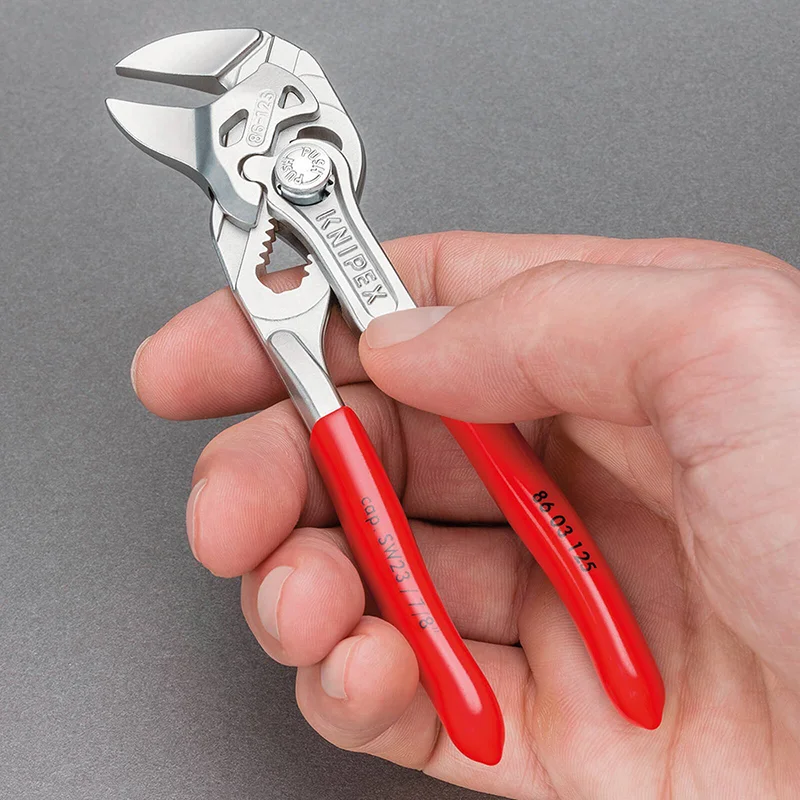 Common Uses
Common Uses
Pliers wrenches are practical tools with a wide range of applications. Their versatility makes them ideal for both household tasks and professional use. Below, we explore how they serve in various environments.
Household and DIY Applications
Pliers wrenches are useful for everyday household repairs. They can tighten nuts and bolts quickly. Their unique jaw design prevents damaging polished surfaces. These tools are excellent for handling pipes in plumbing tasks. DIY enthusiasts use them for assembling furniture or fixing appliances. You can also use them to grip and hold objects securely during crafting projects. Their adjustable jaws fit a variety of sizes, reducing the need for multiple tools.
Industrial and Professional Uses
In industrial settings, pliers wrenches handle heavy-duty tasks effectively. Mechanics use them to grip and turn stubborn fasteners. Electricians rely on them for precise gripping during wiring and installations. Plumbers often use pliers wrenches for fitting pipes of different diameters. This tool is also popular in manufacturing and construction. Professionals appreciate its durability and ergonomic design for extended usage. Its ability to grip without slipping ensures safety and efficiency in demanding environments.
How to Choose the Right Wrench
Factors to Consider in Selection
Choosing the right pliers wrench depends on several important factors. First, consider the size of the jaw. Larger jaw sizes are ideal for handling bigger objects, while smaller ones work well for detailed tasks. Next, evaluate the material used to ensure durability. High-quality steel is preferred for tough jobs and long-lasting performance.
Always check the ergonomic design. Handles with rubber grips reduce hand fatigue and enhance control. Adjustable jaws are another key feature. They allow the wrench to fit objects of varying sizes, increasing its versatility. Additionally, look for special features like quick-adjust buttons or non-slip coatings for added convenience.
Price is also an important factor. Pliers wrenches come in a range of costs, from budget-friendly to premium models. Compare features and reviews to ensure value for money. Consider the type of tasks you plan to handle. Heavy-duty projects may need a sturdier tool, while household tasks could require a lighter, more compact option.
Recommended Brands and Models
Several brands offer reliable pliers wrenches with varying designs and features. Knipex pliers wrenches are highly regarded for their durability and precision. The Knipex 86 03 series is a popular model among professionals. It features fully adjustable parallel jaws and a comfortable grip.
For those seeking affordability, Irwin offers budget-friendly choices with solid performance. Their GrooveLock pliers wrench is ideal for beginner DIY enthusiasts. Milwaukee is another trusted brand, providing a blend of quality and advanced features. Their pliers wrenches are suited for both household repairs and industrial use.
Wera offers specialty models designed for precision tasks, perfect for electricians and mechanics. If you’re aiming for premium quality, Snap-on provides high-end pliers wrenches with superior craftsmanship. Explore reviews and specifications to find the best option for your needs. Always prioritize functionality and comfort for efficient results.
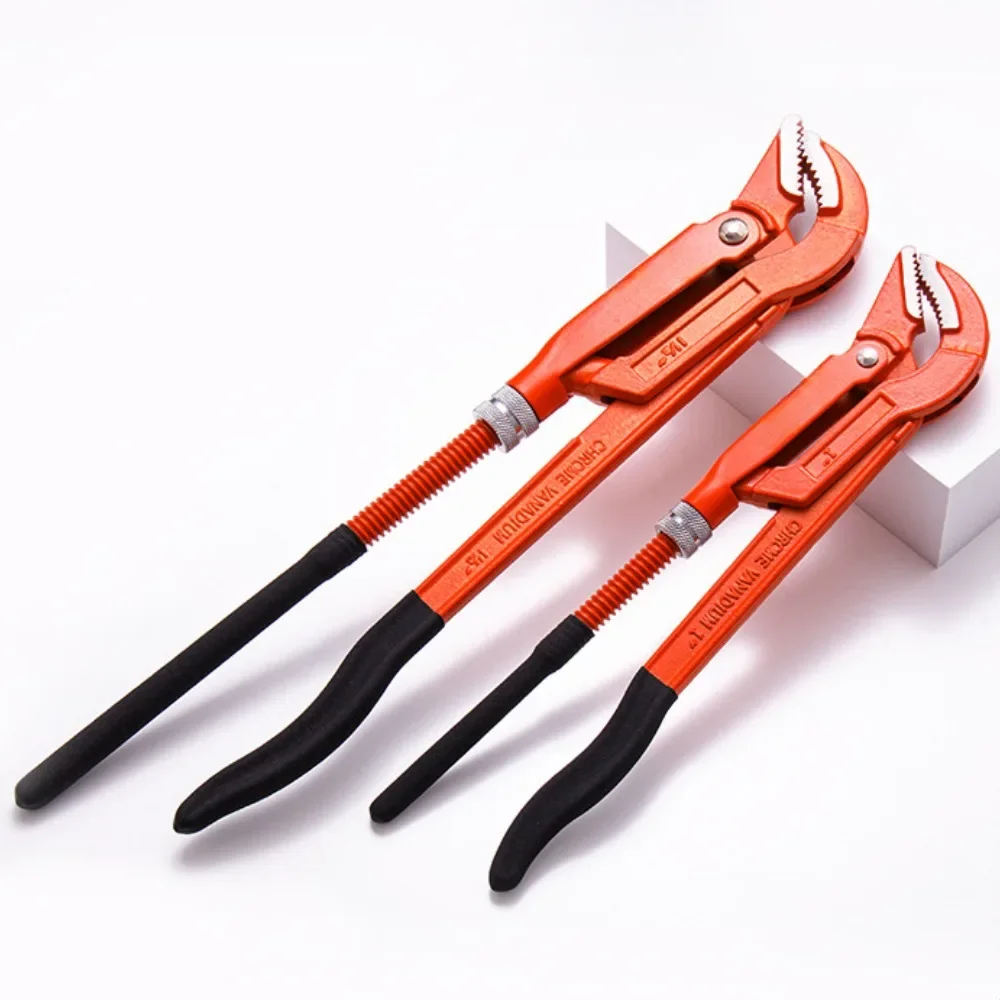 Step-by-Step Guide
Step-by-Step Guide
Mastering the use of a pliers wrench ensures efficiency and prevents damage to objects. Below is a clear, step-by-step guide to help you use this versatile tool effectively.
Proper Grip and Positioning
- Start by Holding the Handles Firmly: Ensure a secure grip for better control.
- Position the Jaws Correctly: Align the jaws with the object you need to grip or turn.
- Apply Steady Pressure: Squeeze the handles evenly to avoid slipping or damaging the surface.
- Check Jaw Contact: Ensure the jaws make full contact with the object for a firm grip.
Correct grip and positioning improve safety and ensure precise handling during tasks.
Techniques for Adjusting the Jaw Width
- Locate the Adjustment Mechanism: Find the quick-adjust button or slide mechanism.
- Open or Close as Needed: Expand or close the jaws to fit the object size accurately.
- Test the Adjustment: Check the fit before applying pressure to ensure proper alignment.
- Repeat if Necessary: Make adjustments until the jaw width matches the item’s dimensions.
Adjusting the jaws accurately avoids damage and enhances efficiency during use.
Tips for Avoiding Common Mistakes
- Avoid Over-tightening: Do not apply excessive force to prevent damaging delicate surfaces.
- Check Object Stability: Ensure the object is steady before gripping or turning it.
- Use the Right Jaw Width: A mismatch can lead to slipping or incomplete contact.
- Inspect the Tool Regularly: Check for wear or damage to maintain the wrench’s functionality.
- Practice Proper Technique: Poor handling can reduce efficiency and lead to errors.
By following these steps, you’ll use a pliers wrench skillfully and with minimal risks.
Maintenance and Care
Proper maintenance prolongs your pliers wrench’s lifespan and ensures optimal performance. Regular upkeep prevents wear and tear, keeping the tool in excellent condition. Follow these simple guidelines to maintain your pliers wrench effectively.
Cleaning and Lubrication Tips
- Clean After Each Use: Wipe off dirt and debris using a clean, dry cloth.
- Use a Mild Cleaner: For stubborn grime, apply a gentle detergent or rubbing alcohol.
- Dry Thoroughly: Ensure no moisture remains to prevent rust and corrosion.
- Lubricate Moving Parts: Apply a small amount of machine oil to hinges and joints.
- Remove Excess Oil: Wipe off extra lubricant to avoid attracting dust.
- Inspect Regularly: Check jaws and handles for damage or wear during cleaning.
Cleaning and lubrication ensure smooth operation and protect the tool from deterioration.
Storing Your Pliers Wrench Safely
- Designate a Storage Spot: Keep your wrench in a pouch, toolbox, or tool rack.
- Avoid Humid Environments: Store in a dry area to prevent rust.
- Keep Away from Chemicals: Do not expose the tool to corrosive substances.
- Protect the Jaws: Use a cover to shield the jaw surface from damage.
- Organize with Other Tools: Store it securely to avoid misplacement.
- Check Before Storage: Inspect for any dirt or damage before putting it away.
Proper storage keeps your pliers wrench ready for use and minimizes damage risks.
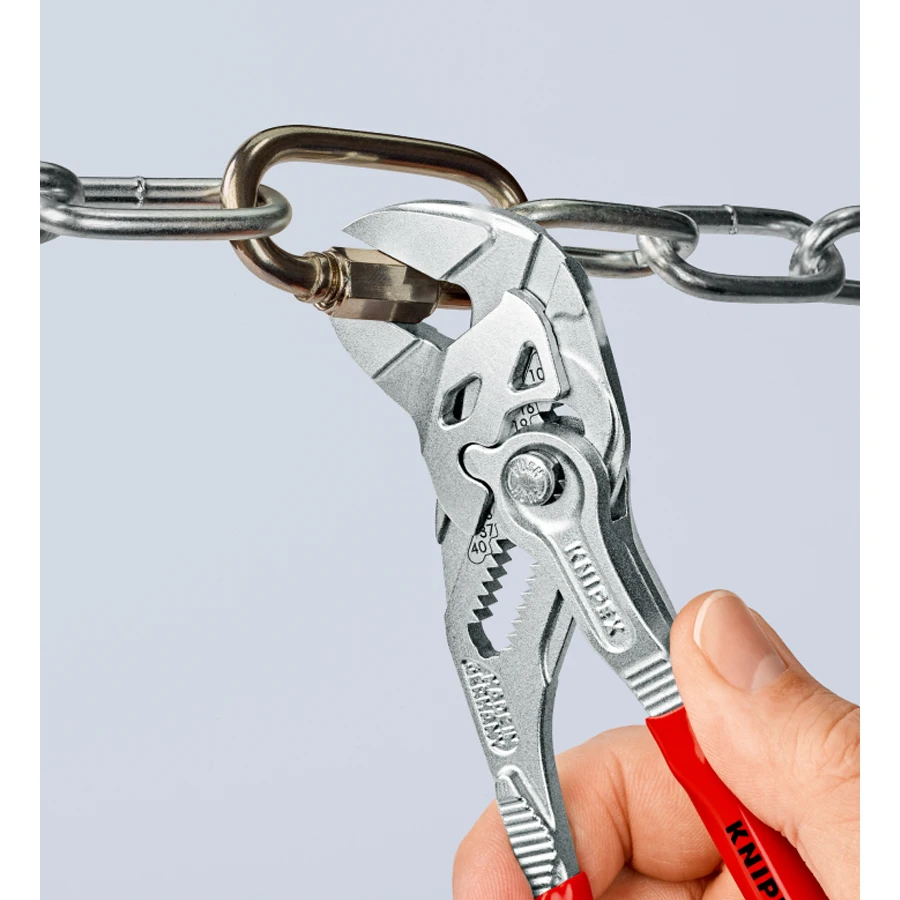 Advantages of Using a Pliers Wrench
Advantages of Using a Pliers Wrench
A pliers wrench is a must-have tool for many tasks. It combines practicality with efficiency. Below, we explore its main advantages.
Versatility in Various Tasks
- Handles Different Object Sizes: The adjustable jaws can grip multiple sizes of nuts, bolts, and pipes.
- Suitable for Diverse Materials: It works on soft metals, hard metals, and even delicate surfaces like polished chrome.
- Reduces the Need for Multiple Tools: Its adaptable jaw eliminates the need for separate wrenches or pliers.
- Ideal for Tight Spaces: The compact design allows use in areas where larger tools cannot fit.
- Applicable Across Industries: It serves mechanics, electricians, plumbers, and DIY enthusiasts with ease.
Durability and Cost-Effectiveness
- Built to Last: Made from high-quality steel, pliers wrenches resist wear and tear over time.
- Low Maintenance: Regular cleaning and lubrication keep the tool functional for years.
- Strong Grip Without Damage: It grips tightly without scratching the surface, ensuring long-term reliability.
- Saves Money: One versatile tool reduces the need for purchasing different types of wrenches.
- Sturdy Jaws: Their durability makes them effective for heavy-duty industrial applications.
The pliers wrench combines flexibility and toughness, making it a valuable tool for many tasks.
When Not to Use a Pliers Wrench
While a pliers wrench is versatile, there are situations where other tools are more suitable. Misusing it can lead to inefficient results or damage to objects.
Identifying Situations Better Suited for Other Tools
- Precision Tasks Requiring Exact Sizes: Slim wrenches work better for objects with strict size requirements.
- Working on Fragile Materials: Delicate items like glass or soft plastic need gentler tools to avoid damage.
- Heavy Torque Requirements: Use torque wrenches for tasks needing high accuracy in force application.
- Removing Rusty Bolts: A pipe wrench with a stronger gripping mechanism is more effective.
- Cutting Wire or Metal: Specialist cutters, not pliers wrenches, handle cutting tasks effectively.
Potential Risks of Misuse and How to Avoid Them
- Risk of Surface Damage: Applying too much force can scratch or crush soft materials. Adjust jaws carefully.
- Tool Wear and Tear: Overusing the wrench for inappropriate tasks reduces its lifespan. Use the correct tool.
- Slipping Hazards: Incorrect jaw positioning can lead to slipping, causing injury or damage. Align jaws properly.
- Decreased Efficiency: For tasks needing specialized tools, using a pliers wrench may slow progress. Choose tools wisely.
- Weak Grip on Oversized Objects: Avoid forcing the jaws onto large items. Use larger wrenches for better grip.
Understanding scenarios where a pliers wrench is unsuitable helps maintain efficiency and safety during work.
Frequently Asked Questions
Can a Pliers Wrench Replace All Wrenches?
A pliers wrench is versatile but cannot fully replace all wrenches. Some tasks require specialized tools. For example, torque wrenches ensure precise force application for automotive work. Similarly, pipe wrenches handle large pipes better due to their gripping mechanism. Fixed-size wrenches may serve better for tasks demanding exact sizing and tight tolerances. While a pliers wrench adapts well to many tasks, it isn’t suitable for highly specific ones. Always assess the requirements of your project before deciding which tool to use.
What Materials Can It Work On?
A pliers wrench excels with various materials. It handles soft metals like aluminum without scratching. It can grip hardened metals such as steel bolts firmly and securely. The tool works well on polished surfaces, preventing damage due to its parallel jaws. It is suitable for materials like plastic and PVC, commonly used in plumbing. However, it isn’t ideal for fragile materials like glass or thin ceramics. The adjustable jaws allow flexibility across many materials, broadening its usability across projects.
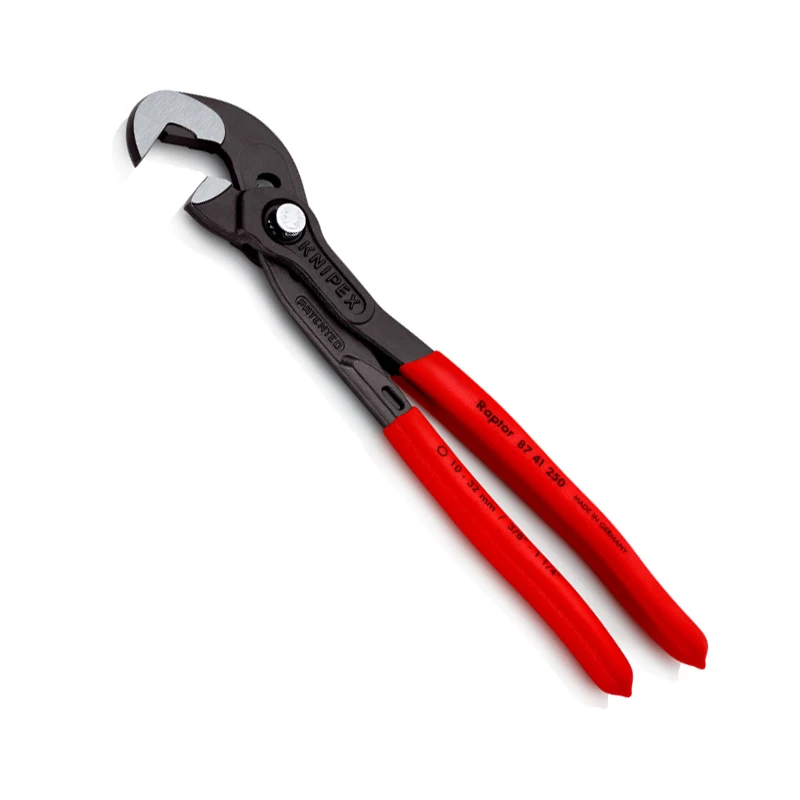 Innovations in Pliers Wrench Design
Innovations in Pliers Wrench Design
Ratcheting Mechanisms
Modern pliers wrenches often feature ratcheting mechanisms, allowing for faster and more efficient tightening and loosening of fasteners. This innovation reduces the effort required and increases overall productivity.
Adjustable Pivot Points
Some advanced pliers wrenches come with adjustable pivot points, providing greater flexibility in jaw movement and grip strength. This feature enhances the tool’s adaptability for various tasks and materials.
Enhanced Grip Materials
To improve comfort and control, many pliers wrenches now include grips made from high-quality rubber or other non-slip materials. These enhancements reduce hand fatigue and prevent accidental slippage during use.
Integrated Measuring Scales
Certain pliers wrenches incorporate measuring scales on the handles, allowing users to measure the torque applied. This integration ensures precise and consistent results, particularly important in professional settings.
Sustainable Practices for Tool Maintenance
Proper Disposal
When your pliers wrench reaches the end of its useful life, it’s important to dispose of it responsibly. Many components can be recycled, reducing environmental impact and promoting sustainability.
Reconditioning and Repair
Instead of discarding damaged pliers wrenches, consider reconditioning or repairing them. Replacing worn parts and restoring functionality can extend the tool’s lifespan and reduce waste.
Choosing Eco-Friendly Tools
Opt for pliers wrenches made from sustainable materials and with environmentally friendly manufacturing processes. Supporting brands that prioritize sustainability helps promote greener practices in the tool industry.
 Conclusion
Conclusion
In summary, the pliers wrench is a versatile and essential tool that offers significant benefits for a wide range of applications. From automotive repairs to intricate DIY projects, its multifunctional design enhances efficiency and effectiveness. By understanding the different types, proper usage, and maintenance techniques, you can maximize the utility and longevity of your pliers wrench. Moreover, staying informed about the latest innovations and sustainable practices ensures that your tool remains reliable and environmentally friendly. Investing in a quality pliers wrench not only equips you with a powerful tool but also empowers you to tackle any task with confidence and precision.
